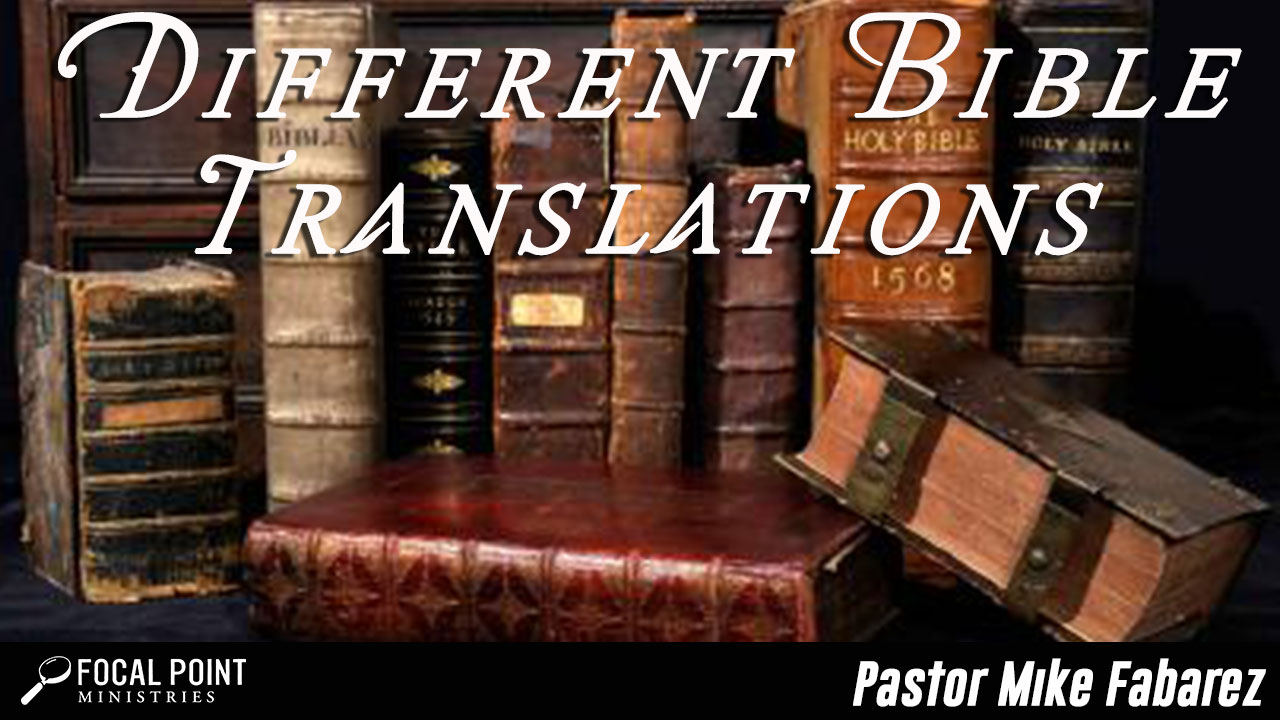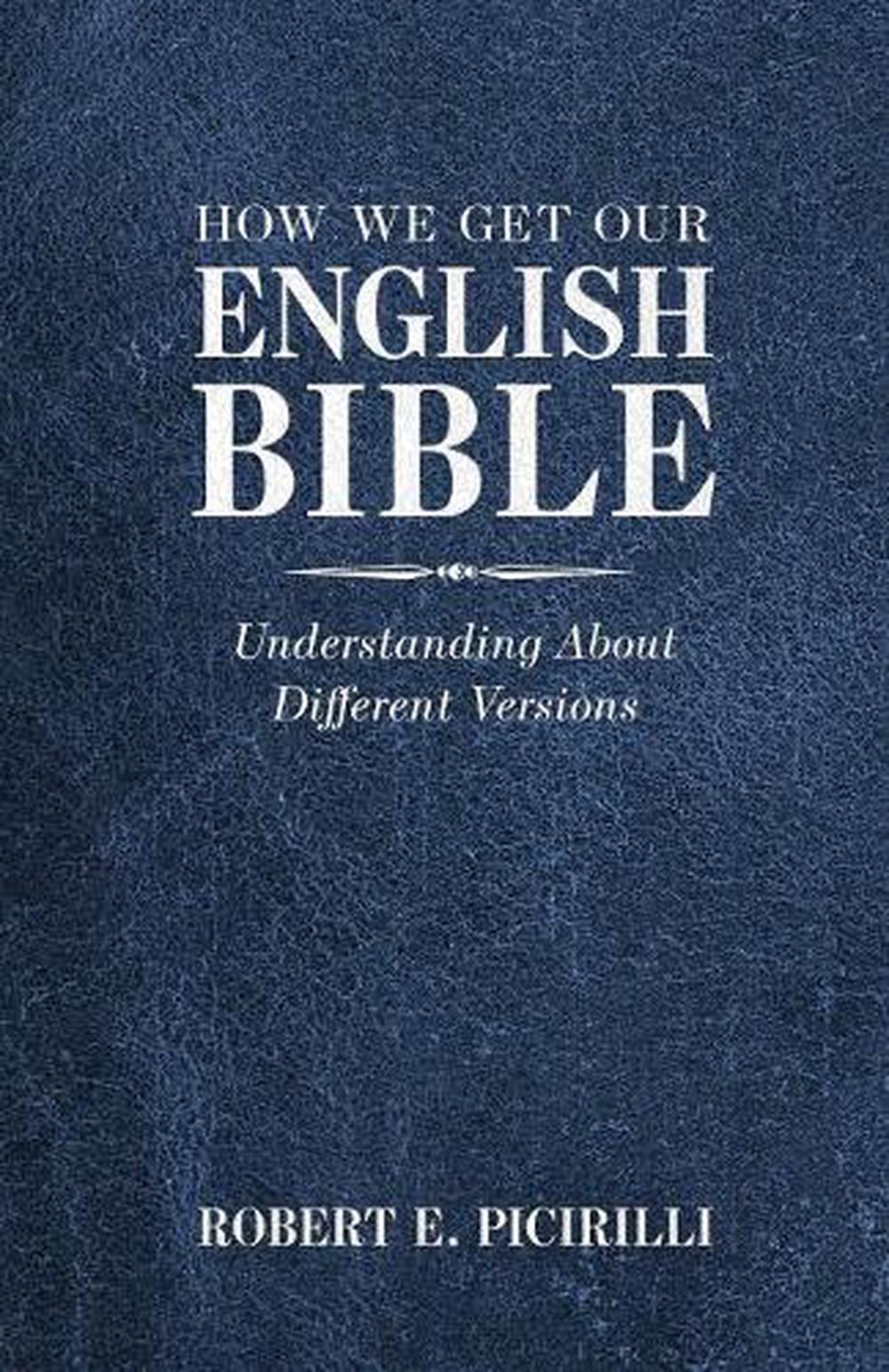
Most modern English translations of the Bible are fairly accurate to the original text.

It’s a balance of being true to the original and saying it in a way that flows naturally in English. There is usually more than one way to translate from one language to another. Some of the decision is based on personal preference. When it comes to choosing a Bible version or translation, there is no one right answer. The one I use for my Bible reading is the ESV Personal Reference Bible (link to Amazon – opens in a new window). I enjoy the NLT but use the ESV because of its versatility. It’s the version that I use for this website. If you find it easy enough to read, it might be a good choice because you can also use it for more serious Bible Study in the future. And here is a Children’s Bible in the CEV (also available on Amazon).Īs you check out the options, you might also want to see if you like the ESV first. If you want to try the NLT, you can take a look at the reviews on Amazon for this NLT Bible (opens in a new window). New Living Translation (NLT) Higher Reading Level, but Also Good for In-Depth Bible Study:Įnglish Standard Version (ESV) Best for Children and Second Language Readers: Overall Best Choice for Easiest to Read Version: You can compare the text of each one on websites like Bible Gateway. Every version of the Bible has a slightly different aim in its translation.

It is an accurate thought-for-thought translation of the original languages of the Bible and is widely accepted.Īlthough the NLT is the best overall choice for most people, it’s not necessarily the best choice for everyone. What version of the Bible is easiest to read? For many people, the New Living Translation (NLT) is the easiest version of the Bible to read because it uses normal modern English.

I hope it can remove some of the barriers that keep you from receiving the benefits of studying God’s Word. Have you found the Bible to be difficult to read? Are you get stuck in your reading and felt guilty that you’re not enjoying reading the Bible as you think you should? You’re not alone. Which, by the way, is amazing: God’s Word is still changing lives and stirring faith in people throughout history. It was originally written a few thousand years ago in Hebrew, Aramaic, and Greek. The goal is to prove to you that all Bibles do not say the same thing.The Bible can be difficult to read. I do believe that the very nature of the differences can convince someone that the modern Bibles are corrupt, but that is not the primary goal here. When you see glaring differences between Bible versions that create shrouds of doubt surrounding the veracity of sola scriptura, you should want to know why these differences exist. What these charts will do is stir you to study. You simply cannot see the differences and honestly say they do not exist!ĭo these verse charts in some way prove that the KJV is perfect? Of course not, and they are not meant to. There are several articles on this website describing this fact and these competing texts (their sources, history, and content), and you are encouraged to read them.īut the purpose of these comparisons is mainly to show you that anyone telling you there is no substantive difference between the KJV and modern Bibles is either ignorant or intentionally deceiving you. One of the primary reasons for these differences is that the underlying original-language text of the Bible that was used for 1800 years has been replaced by modern scholarship with a text that was assembled in the nineteenth century. There are many, many reasons for the differences we are about to examine. To say otherwise is to accuse the Holy Spirit of doublespeak. Why is this important? It is simple: if two books say different things, or if two books say inherently contradictory things, or if of two books one says more than the other, they cannot both be God's word.

Here we will focus on the claim that "all versions really say the same thing." There are many problems with these claims. One of the fundamental deceptions being promoted by modern Bible publishers is that the new Bibles are merely in different styles of writing that they are simply easier to read than the KJV that nothing is being removed or changed in God's word.


 0 kommentar(er)
0 kommentar(er)
